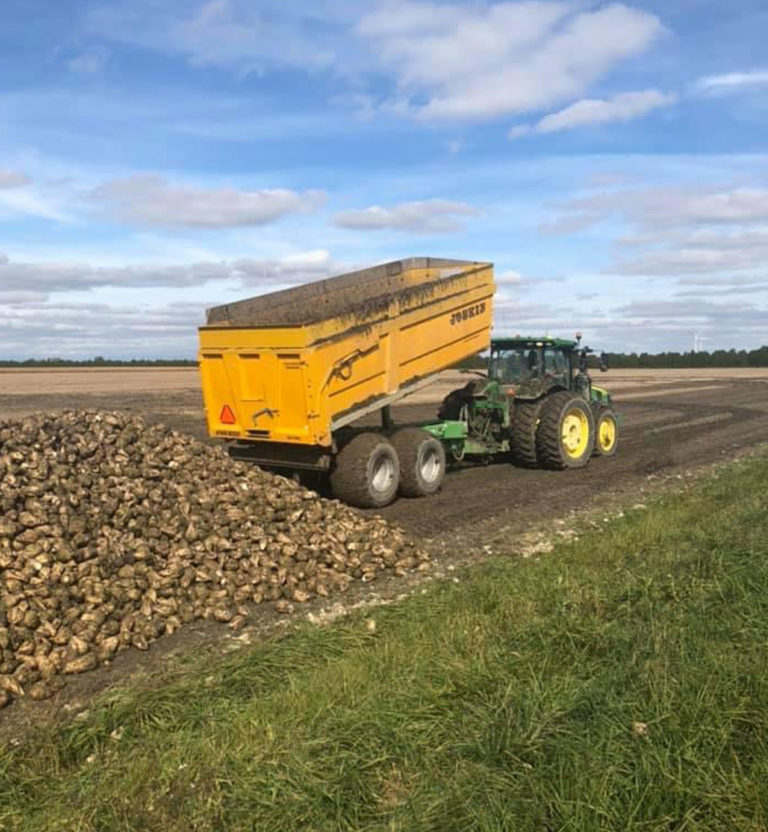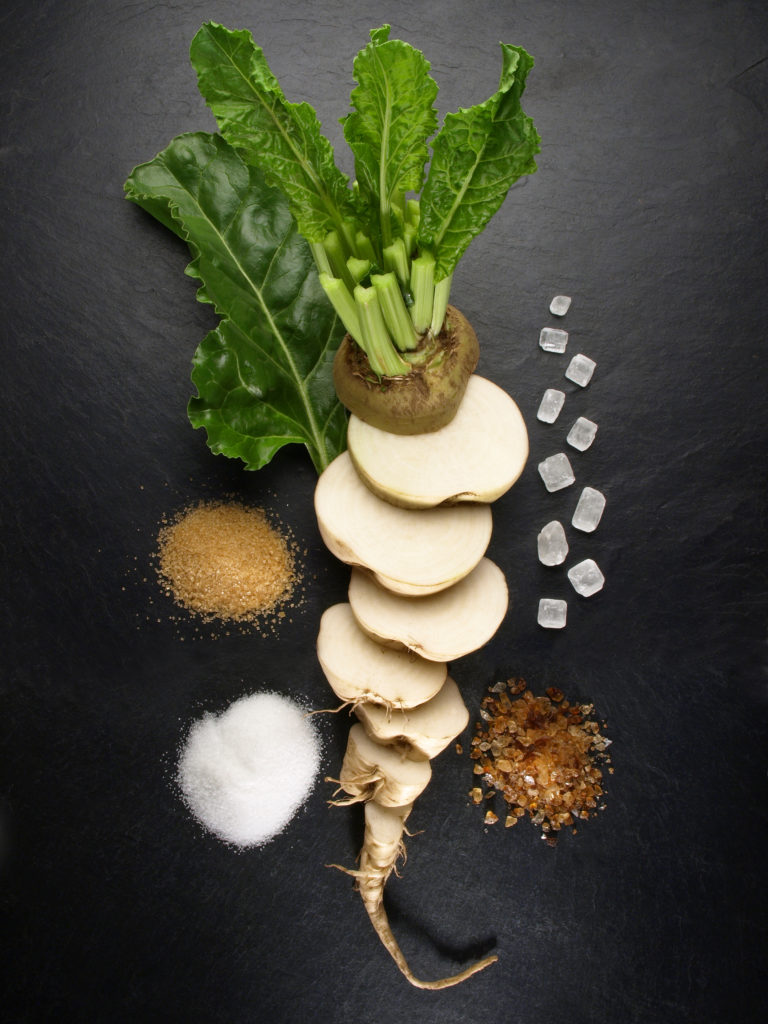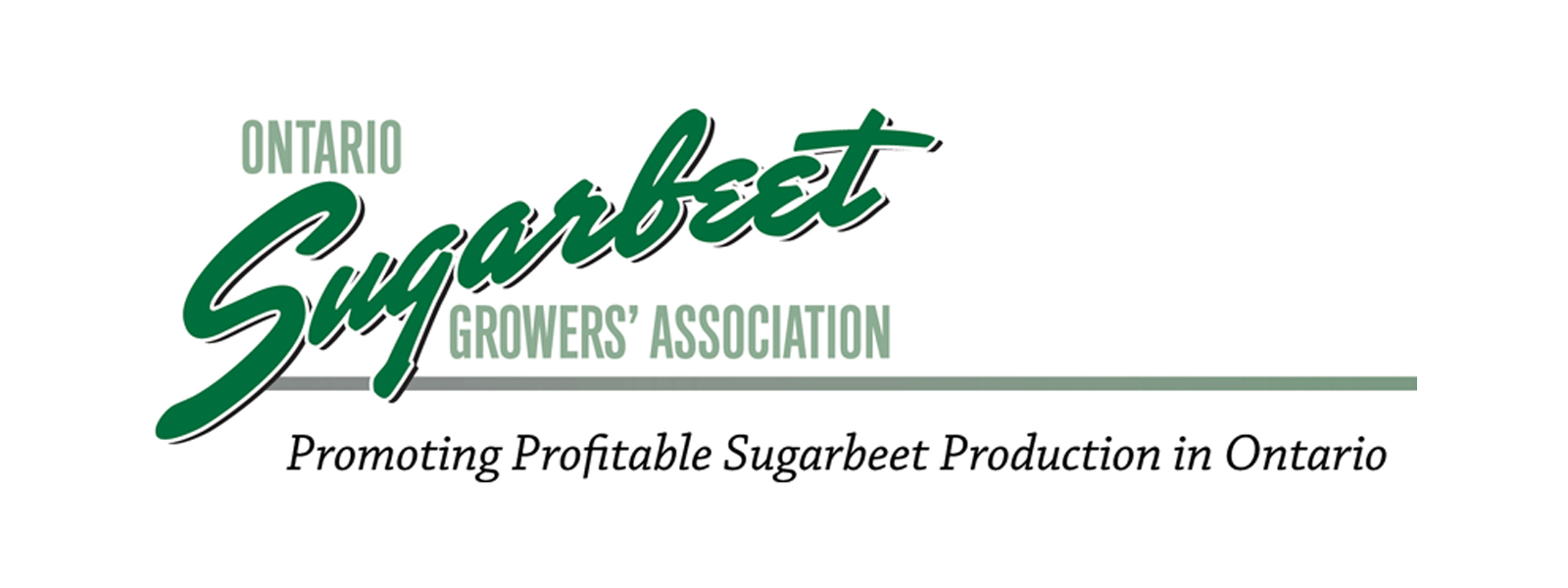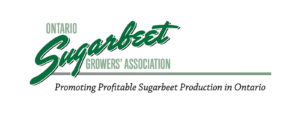
Sugar beet farming has a long history in Ontario. Sugar beets were grown in Ontario between 1902 and 1968. From 1916, farmers were able to deliver their sugar beets to the Redpath refineries in Chatham and Wallaceburg, Ontario. In 1967 and 1968, Tate & Lile bought the Wallaceburg and Chatham plants from Redpath and closed their operations.
In 1996, the Michigan Sugar Company approached Ontario farmers looking for growers interested in growing sugar beets to supply their refining facilities. A test crop was grown with a few growers in 1996 and in 1997 the first crops for MSC were grown in Chatham-Kent and Lambton Counties. In 2002, the Michigan Sugar Company was purchased by Michigan and Ontario growers and became a co-operative.
The Ontario Sugarbeet Growers’ Association was incorporated on April 1,1997, as an Agricultural Association under the provisions of the Agricultural and Horticultural Organizations Act of the Province of Ontario. Membership in the OSGA consists exclusively of Ontario sugar beet growers and all Ontario sugar beet growers are members of the OSGA.
Overview of Production
Sugar beets are plants that produce a taproot that contains a high concentration of sucrose (approximately 20%). The sucrose is extracted from the root and used to make granulated sugar, molasses, and the remaining pulp is used in animal feed. Sugar beets are grown widely in temperate zones like Europe and North America for sugar production. In the US, sugar beets represent approximately 55% of the sugar production and 45% is produced from sugar cane in southern states with tropical climates.
In Ontario, sugar beets are typically planted in April and harvested from August to November. Sugar beet production has undergone major technological advancements in equipment, pest control, and plant breeding in recent years improving the efficiency and sustainability of production practices. Sugar beets are primarily grown in rotation with corn, soybean, wheat, and tomatoes in Lambton and Chatham-Kent Counties. The duration of harvest depends on the ability of the factories in Michigan to process the beets. In Ontario, some of the harvested beets are temporarily stored in piles beside the field or at the piling station in Dover, ON as they wait to be picked up by trucks for delivery to the Michigan Sugar Company factory in Croswell, MI.
After harvest, the beets are transported to the factory where they are washed and sliced into thin strips called cossettes. The sucrose is extracted from the cossettes by diffusion in hot water. Any impurities are removed from the “raw juice” extract using filters, lime and carbon dioxide resulting in “thin juice”. The thin juice is then evaporated to make “thick juice” which is approximately 60% sucrose. The thick juice is placed into a heated vacuum and seeded with fine sugar crystals which induces crystallization of granulated sugar throughout the juice. The resulting sugar crystal and syrup mix is sprayed with water in a centrifuge. The syrup that is separated from the crystallized sugar is molasses which can be used for baking, animal feed, and other uses while the crystallized sugar is dried further in the centrifuge and ready for packaging. The used cossettes or pulp are used primarily for livestock feed.

Michigan Sugar Company
Alberta Sugar Beet Growers
The People Behind The OSGA
Current Board (2024-2025)

David VanDamme

Matthew Noorloos

Bruce Johnstone

Carol Verstraete
Directors

Anson Burm

Mark Richards

Rob McKerrall

Jocelyn Smith
Past Chairs
Brian Fox
Glen Jack
Mark Lumley
Rob McKerrall
Past Directors – Chatham-Kent
Wayne VanDamme
Jason Fox
Past Directors – Lambton
Ken Smith
Leigh Irwin

